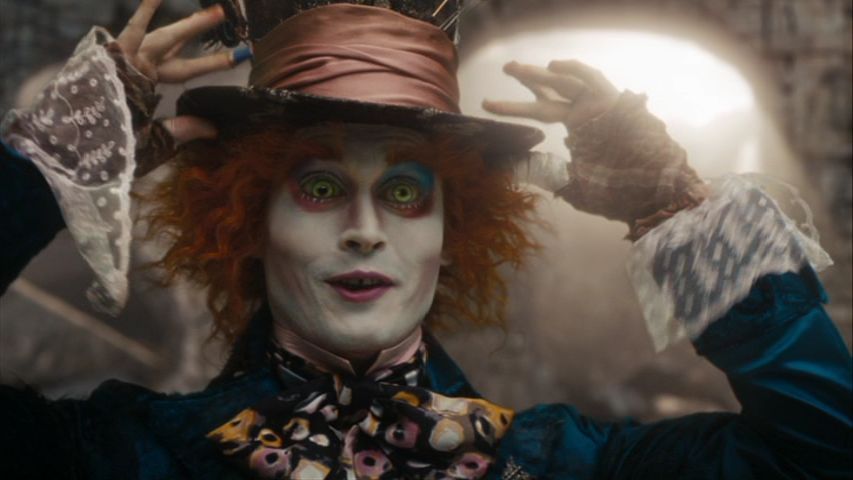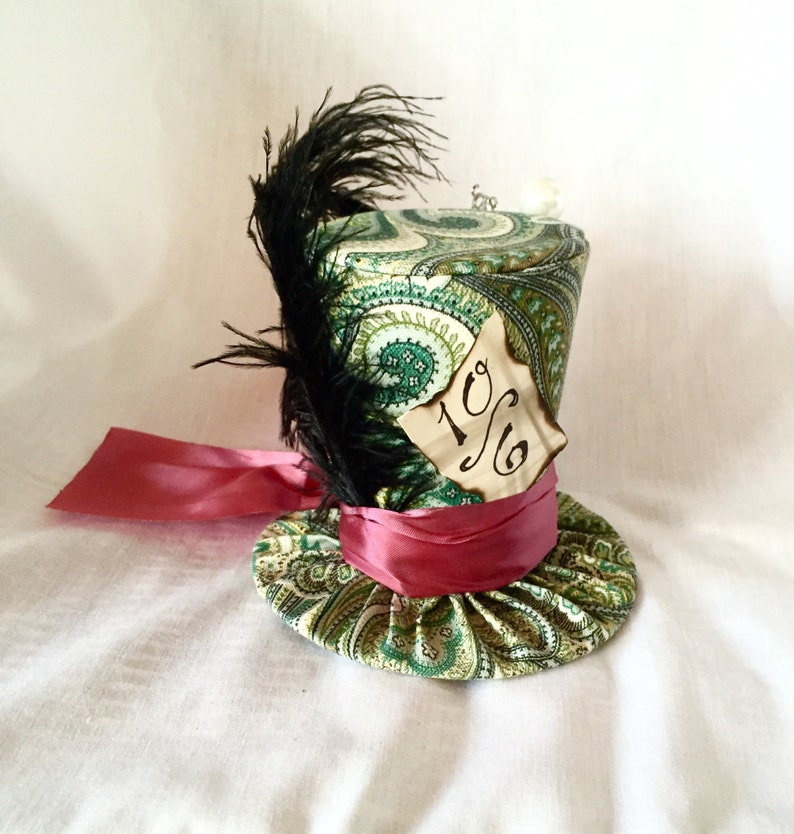

Tom Petty and the Heartbreakers "Don't Come Round Here No More" (1985) As Steve Tyler sings in his “Sunshine” (2001), “I took to the Hatter like a walk in the park.” The role seems to be a comfortable one for Rock singers. Additionally, in many music videos which are based on Alice imagery, the main singer chooses to be depicted as the Mad Hatter. Below are Disney’s 1951 version (voiced by Vaudeville comedian Ed Wynn) and Johnny Depp in Tim Burton’s 2010 film, which greatly expanded the role of the Mad Hatter in the action of film. Big name actors are often cast as the Hatter, each bringing his own unique stamp. Unlike some other scenes, the Mad Tea Party translates remarkably well, with snappy dialogue and an abundance of verbal and physical gags. The Mad Tea Party scene is one of the only scenes to make it into every Alice adaptation. Click on the name of an illustrator in the right hand column to see the next image. Mike The Hatter-Clevelands Finest Hat Shop-Family Owned Since 1937 Huge selection of Mens & Womens Hats, Caps & Accessories Custom hat cleaning. The bully, the glib quiz game compre who rattles off endless reels of unanswerable riddles and asks you to come back next week and make a bloody fool of yourself again” ( ). Ralph Steadman wrote this about his version: “THE HATTER represents the unpleasant sides of human nature. Especially noteworthy are Barry Moser’s, Rodney Matthews’ and Willy Pogany’s Hatters. Many illustrators have relied heavily on Tenniel’s drawing, copying the price-tag on the hat motif, and even giving him a similar look.

Others have interpreted the Hatter simply as an adult, showcasing the ridiculous and nonsensical elements of adulthood.Īlice’s Adventures in Wonderland – Chapter 7īelow you can see how illustrations of the Hatter have changed over time. Despite his rudeness and annoying penchant for asking riddles that have no answer, Carroll’s compassionate treatment of his insanity has encouraged some critics to read the chapter as radical stance for the humane treatment of the insane. And critics have long been fascinated by the hatter, and especially with his obsession with time. The Hatter is one of the most famous and most popular characters from the book, appearing in every adaptation and illustrated edition. In any case, although Carroll’s Hatter’s symptoms do not match those of mercury poisoning, his behavior certainly is peculiar, and, especially in Alice’s view, quite insane.

Many speculate that it refers to the symptoms of Mercury poisoning which affected many hatters in the early nineteenth century who used mercury to cure pelts.

The colloquial phrase “Mad as Hatter” entered common use in the 1830s although the origin is uncertain. Interestingly, although commonly referred to as the “Mad Hatter,” Carroll never calls him this in the book, where he is simply the “hatter.” Of course, the connection between the Cheshire Cat’s assurance that he is mad and his profession was certainly intentional. The Hatter does not appear in Alice’s Adventures Underground, being added, along with the rest of the Mad Tea Party, for the printed edition. He had been looking at Alice for some time with great curiosity, and this was his first speech. "Your hair wants cutting," said the hatter. Within our framework, as part of UCL’s overall Institute of Cardiovascular Science, we undertake basic and clinical research at the highest level, train clinical and basic scientist and continue to strive to improve the treatment options available to patients.Home -> Footnotes -> Chapter 7 -> The Hatter The Mad Hatter ' Now ' Biu, ' look what you wont and done '-You've got me jingling egainUpon a astafet es And.
#The hatter how to#
Since that time, the Hatter Cardiovascular Institute has developed into one of the world’s leading centres for the study of cardiovascular disease and is credited with pioneering discoveries on how to protect the heart from damage during a heart attack.īased on our expertise gained in cardiovascular disease, we have now developed two new research programmes, the first in neuroprotection specific to ischemic stroke and the second in cancer, investigating how best to reduce the damage to the heart from chemotherapy. the Hatter Hat Logan 628 South Broadway - Orpheum Bldg. The Hatter Cardiovascular Institute was established as a Clinical & Basic Cardiovascular Research facility at University College London in 1990 with an aim of gaining a greater understanding of cardiovascular disease and to generate new therapeutic strategies for the treatment of ischaemic heart disease. Welcome to the Hatter Cardiovascular Institute


 0 kommentar(er)
0 kommentar(er)
